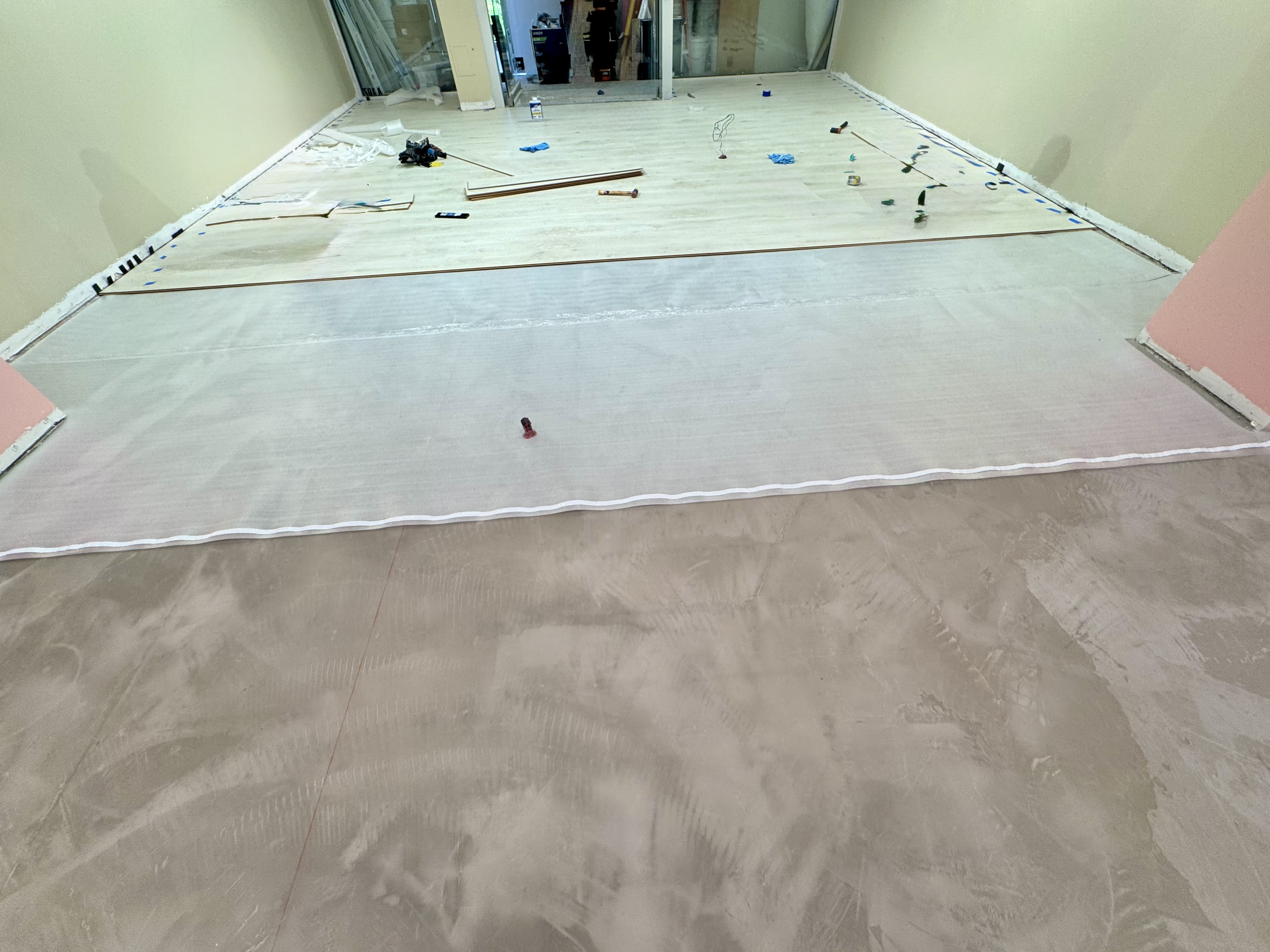How to Hire a Flooring Contractor in Houston
Hiring a Flooring Contractor in Houston: Essential Local Tips for Homeowners
Understanding Slab-on-Grade Foundations in Texas
Most Houston-area homes and many one-story commercial buildings sit on slab-on-grade concrete. It’s cost-effective, fast to build, and suits our lack of basements—but it brings its own flooring considerations. Much of Greater Houston is built on expansive clay (“gumbo”) soils. These clays swell when wet and shrink when dry, creating seasonal slab movement. Add high humidity, occasional flooding, and sun-baked patios and you’ve got a unique environment that tests flooring systems. Post-tensioned slabs are also common in Texas; any drilling, trenching, or anchoring must follow safe practices to avoid damaging tendons.Successful projects here start with a realistic plan for movement and moisture. That means choosing materials and methods that can tolerate Houston’s conditions and preparing the slab to a manufacturer-approved standard before a single plank or tile is installed.
The Importance of Moisture Barriers

Moisture control is non-negotiable on slab-on-grade. Water vapor can travel through concrete and affect adhesives, finishes, and the floor itself. Symptoms of poor moisture control include cupping, curling, adhesive failure, hollow spots, efflorescence, and unpleasant odors.Common moisture protection strategies:- Under-slab vapor retarder: On new builds, a Class I vapor retarder (often 10–15 mil polyethylene) beneath the slab helps keep vapor in check from day one.- Topical moisture vapor barriers: For existing slabs, two-part epoxy or similar moisture mitigation systems can be applied to the surface after proper grinding. These are specified based on moisture test results.- Membranes under floating floors: Some floating LVP/laminate products include an attached vapor barrier; others require a separate rated underlayment.- High-moisture-tolerant adhesives: Certain adhesives are formulated to handle higher in-slab moisture, but they’re not a substitute for proper mitigation where tests show excessive levels.Always test before you specify. We rely on in-slab relative humidity (per ASTM F2170) and/or calcium chloride tests (per ASTM F1869) to determine whether the slab is suitable as-is, needs a topical barrier, or requires further drying. Skipping this step is a leading cause of premature floor failure in our climate.
Managing Expansion Gaps for Longevity
Every floor moves with changes in temperature and humidity. Expansion gaps allow that movement without telegraphing stress into the field of the floor.Best practices in Texas environments:- Maintain the manufacturer’s required perimeter gap around all walls, columns, and fixed objects. For floating floors, this often ranges from 1/4" to 1/2". Cover with baseboards or shoe molding—do not caulk solid.- Plan transitions in large spaces. Long, uninterrupted runs, or areas exposed to direct sun (patio sliders, storefronts) need expansion breaks per product guidelines.- Don’t trap the floor. Avoid installing floating floors under heavy built-ins, kitchen islands, or cabinets that can “pin” the floor and cause peaking.- Honor movement joints. For tile over slab, follow movement joint recommendations and treat control joints properly rather than bridging rigidly.- Leave clearance at door jambs and around pipes. Use flexible sealants where a seal is needed, not rigid fillers.A recent example: a flooded family room in Sugar Land received a new floating LVP. We increased perimeter gaps at south-facing sliders, added a transition in the long hallway, and prevented callbacks from sun-driven expansion.
Essential Floor Preparation Steps
Preparation is where Houston projects are won or lost.- Assess and clean: Remove adhesives, paint, sealers, and contaminants that can block bonding. We typically diamond-grind to a clean, porous surface; acid etching is avoided.- Correct flatness: Most LVP/laminate requires the slab to be within 3/16" in 10'. Glue-down LVT and rubber often need 1/8" in 10'. Use the manufacturer’s spec as the rule. Self-leveling underlayment (SLU) over a suitable primer can correct wide areas; patching compounds handle localized dips.- Address cracks: Hairline, non-structural cracks can be treated and bridged with appropriate patch or crack isolation products. Active or wide structural cracks need evaluation; in some cases, a crack isolation membrane or foundation work is the right solution before flooring proceeds.- Moisture test and mitigate: Perform RH and/or MVER testing. Where readings exceed product limits, install a warranted moisture mitigation system and select compatible primers and adhesives.- Know your slab: On post-tensioned slabs, mark tendon paths and avoid penetrating the concrete with fasteners. For commercial spaces with rolling loads (e.g., a Katy medical office we completed), we specified a higher-compressive-strength SLU and a heavy-duty adhesive tested for those loads.A Pearland bungalow we renovated had decades-old cutback adhesive and low spots near the kitchen. We mechanically removed residues, applied a moisture-tolerant primer, poured SLU to correct flatness, then installed glue-down LVT with an adhesive rated for the verified RH. The result: a smooth, quiet floor with strong bond.
Moving Forward with Confidence
Houston’s slab-on-grade floors can deliver decades of performance with the right plan:
- Test the slab and control moisture with the appropriate barrier system.
- Respect expansion requirements, especially near large windows and long runs.
- Prepare the surface by cleaning, flattening, and treating cracks to manufacturer standards
- Choose products and adhesives rated for our climate and your slab’s measured conditions
- Work with a contractor experienced in Texas soils, post-tension slabs, and moisture mitigation.
If you’re planning a residential or commercial flooring project, we’re here to help you get it right the first time. Schedule a free quote or slab moisture test, and we’ll provide a clear plan tailored to your space and Houston’s conditions.
